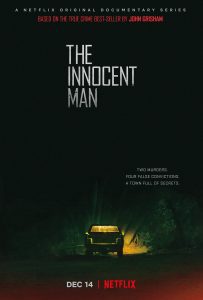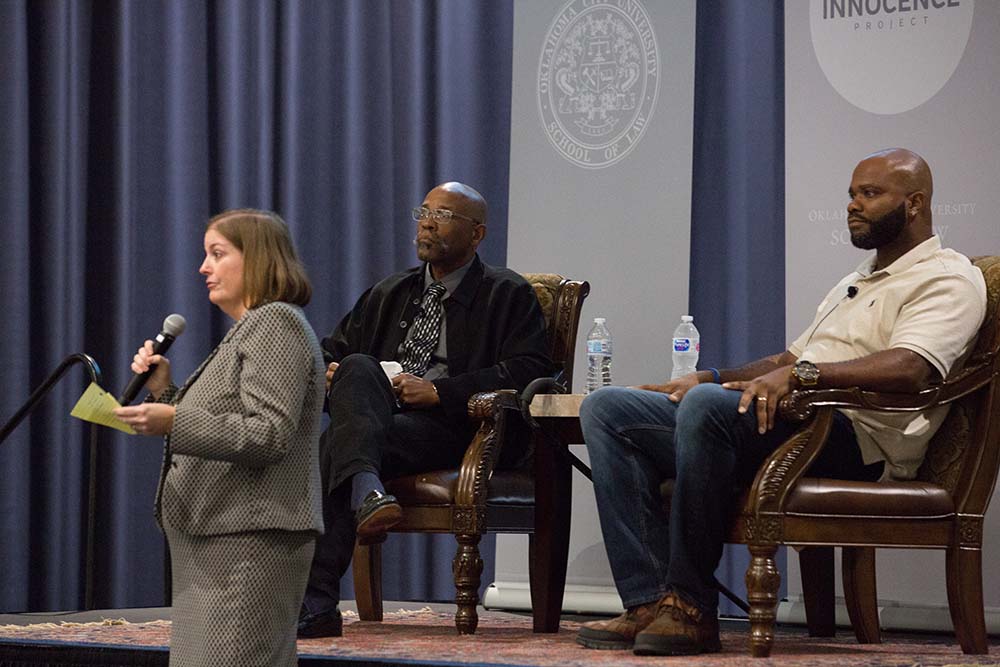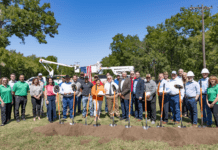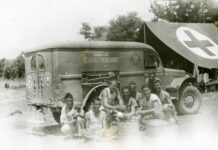Wrongful convictions are not easy to overturn, even when the defense has DNA evidence on its side.
Five to seven years is a typical timetable for working toward exoneration, says Vicki Behenna, executive director of the Oklahoma Innocence Project, which tries to reverse wrongful convictions in the state.
“We call it the innocence movement,” says Behenna, who spent 25 years as a federal prosecutor. “It has gained traction over the past five years. People are beginning to be educated and understand there are innocent people in prison.”
Founded in 2011, the Oklahoma Innocence Project is affiliated with the Oklahoma City University School of Law and receives private donations. Students enrolled in the project’s clinic classes are assigned cases, and the nonprofit relies on about 160 volunteers, including practicing attorneys and laboratory specialists. Undergraduate and law school students from the University of Oklahoma also help.
“Since it opened, we’ve had over 1,500 requests for assistance,” says Behenna, adding that as of February, “we have 460 pending review and four in active litigation.”
Some students, such as Gunner Briscoe, choose the law school because of the clinic.
“After learning about how people who don’t have a lot of money get screwed in the justice system, I felt called to help them,” says the Bixby native, a second-year law student.
Briscoe’s assignments include researching courthouse and police records; he is assigned to two murder cases. Law students like Briscoe take courses in evidence and criminal procedure before enrolling in the clinic classes and may continue to work as volunteers afterward.

The Innocent Man
Two Ada murder cases are profiled in the Netflix documentary The Innocent Man, a six-part series based in part on the 2006 book by John Grisham.
Debra Sue Carter was found raped and murdered in her apartment Dec. 8, 1982, and Dennis Fritz and Ron Williamson were convicted in 1988. Eleven years later, with help from the Innocence Project, they were exonerated based on DNA evidence. Glenn Glore was later convicted based on a semen sample.
The other slaying occurred when Denice Haraway disappeared from her job at a convenience store in 1984; her remains were found in 1986. Karl Fontenot and Tommy Ward were convicted in her death, but details in their confessions did not match the evidence, leading to suspicion of a coerced confession. They both recanted but remain in prison with life sentences.
Norman attorney Mark Barrett says he and other lawyers have worked diligently on the Ward case.
“I’ve been very aware of the case for a long time and had substantial reason to question whether the right people had been convicted,” Barrett says. “There is a post-conviction action pending in Pontotoc County, and discovery should be completed by the end of April. I anticipate there will be additional paperwork filed after the conclusion of discovery.”
Barrett was the lead attorney for Williamson when he was released and worked on the civil action that followed.
Fontenot, who lost a state appeal in 2015, is represented by Arkansas attorney Tiffany Murphy. She was part of the Oklahoma Innocence Project as a law student.
Andrea Miller, a clinical adjunct professor for the project and a part-time professor at OCU, says public awareness of wrongful convictions is relatively recent.
“Until the Innocence Project opened, nobody was focusing exclusively on this work in Oklahoma,” she says. “And until 25 years ago, people in general weren’t talking about the possibility of there being innocent people in prison. DNA evidence started exposing weaknesses in eyewitness testimony and in other areas of forensic evidence that weren’t so reliable.”
Various factors lead to wrongful convictions, with one being what Behenna calls junk science.
“In the 1970s and ’80s, we thought hair analysis was good science,” she says. “We’ve since discovered it’s not.”
Another weak corroboration tool is eyewitness testimony, which Behenna calls “very fallible. It is difficult to make cross-racial identification. And when a person is going through a traumatic event, it’s tough to remember details accurately.”
Perhaps most befuddling in the process is a false confession.
“Some segments of the population, such as people with low IQs or who have submissive personalities, will confess to a crime they did not commit,” Behenna says.
Other variables include prosecutorial misconduct (intentional or inadvertent) and ineffective defense counsel.
De’Marchoe Carpenter, 42, is a prime example of the darkness of a wrongful conviction and the diligent light of the Oklahoma Innocence Project to expose it. Carpenter walked out of prison in 2016, after the actual murderers of 19-year-old Karen Summers confessed to the drive-by shooting … 22 years later. The Oklahoma Innocence Project helped to exonerate both Carpenter and Malcolm Scott. Carpenter, who volunteers for the project, is writing his autobiography, Buried Alive.
The Oklahoma Innocence Project charges no fees. To volunteer, go to okinnocence.com or call 405-208-6161.


























